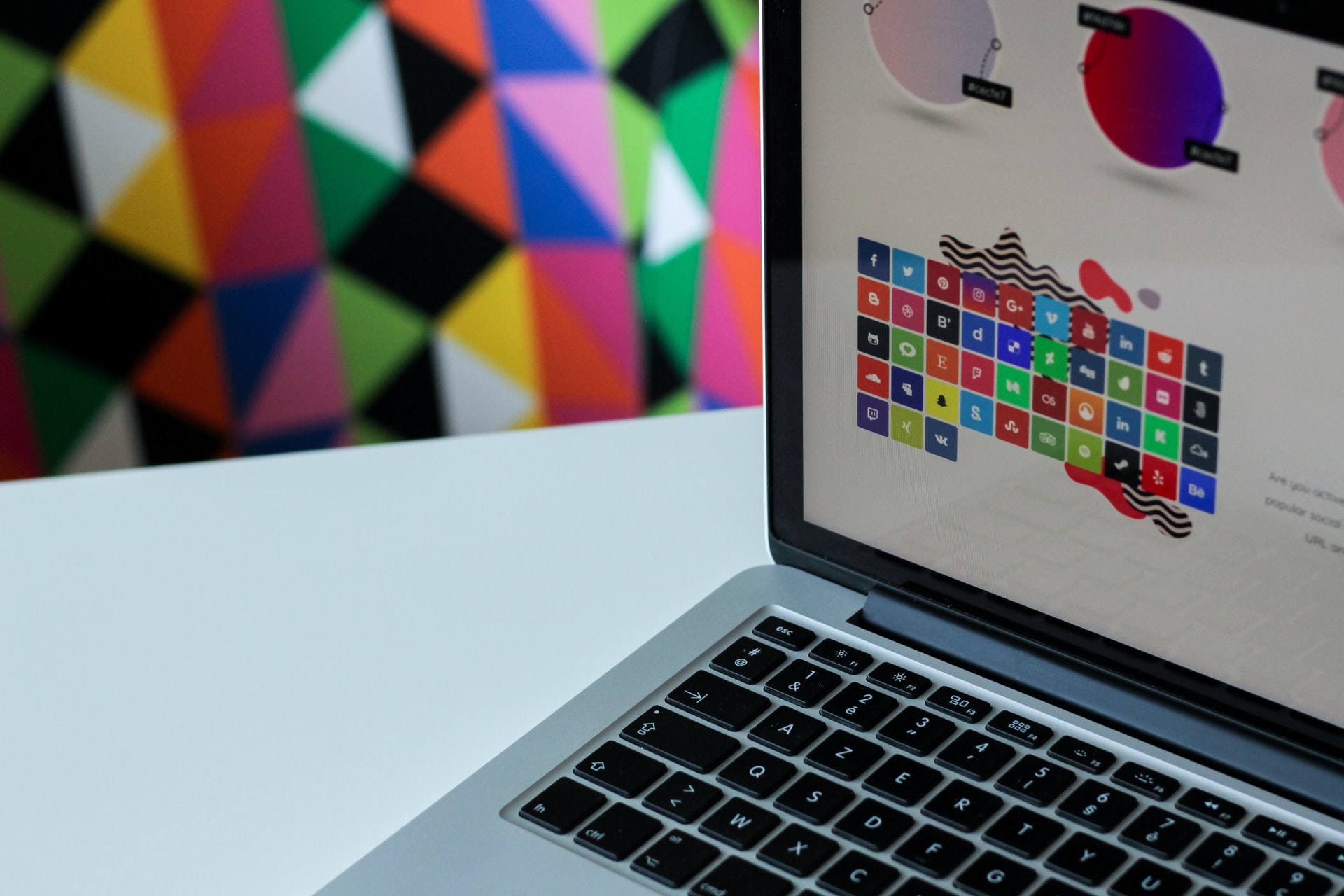
How Can a Designer Develop Watchfulness?
Watchfulness is a synonym for knowledge and visual experience that a person receives by studying the results of the creativity of others. Everything that designers see around them shapes them and helps in their work. It can be signs, architecture, magazine covers, advertising, paintings, or the work of colleagues.
Visual arts, cinema, music, design, and literature — all this makes up an internal database that helps the creative industry to develop, and its employees to create new essences or effectively adapt old trends to modern reality.
A designer needs to be well-watched to look for new ideas and create non-standard, imaginative work. The more well-watched the designer, the faster they will be able to solve the problem: it helps to generate ideas faster and understand what is trending now.
How to Develop Watchfulness
Methodical, regular replenishment of the knowledge base allows not only always to be aware of what is happening but also to find unexpected solutions to work problems.
Focus on visual trends
Follow the trends, look at the work of colleagues, and look for references on the platforms for creative people. Here are the most popular ones:
Sanctuary of Truth is a place where you can find unusual photos, emotions frozen on canvases, ideas embodied in sculptures, and discover the world of contemporary art.
Pinterest is a photo hosting where users add illustrations they like and create themed boards.
Behance is a popular platform with a portfolio of designers around the world.
Dribble is a platform for digital designers and creators.
For novice designers, it may seem like looking at other people’s work is a waste of time. But it’s actually a very useful habit. The main thing is to make it regular.
Look for inspiration everywhere
Inspiration can be found anywhere, observation is formed when you look at the world around you. Color combinations can be found in nature — these are wildflowers or the colors of the seabed. It’s handy to look for something in atypical places — this develops the brain and watchfulness, and generally broadens one’s outlook.
Borrow good solutions
All new ideas arise from old ones. So, there is nothing shameful in borrowing successful solutions. Of course, we are not talking about plagiarism. The designer looks at other people’s references, gets inspired, and adapts them to one’s own tasks.
Besides, you can choose one or two works you like every day, and then analyze them. See what fonts and colors were used there, what graphic techniques the designer used, and then take it into service. Take the design you like and analyze what exactly it attracted you to. Pay attention to details and combinations, understand how all the elements work, and thanks to which unity is maintained. After analyzing, you can try to repeat someone else’s work. Of course, these will not be the works for a portfolio. But when you try to create something like this, you will notice details that are not immediately obvious to the eye.
Learn from bad examples
Examples of bad design can also be useful in practice. Bad ads, inconvenient interfaces, inappropriate fonts — all this also forms a visual experience and helps understand what not to do.
Try to practice the “Good, bad, and amazing one” exercise. You need to find good, bad, and stunning pieces of art in your opinion. Then describe how to turn a bad one into a good one, turn a good one into an amazing one, and then explain what’s wrong with an amazing one. This practice expands the angle of view and allows you to notice more details and analyze someone else’s work more deeply.
Gather ideas into collections
For instance, on Pinterest, you can start your own board and add your favorite ideas there. It is convenient in that you can arrange images into sections there. You saw a beautiful illustration — save it to your bookmarks. Found an interesting design — save the link. Even if they are not suitable for the current project, they may come in handy later.
Less obvious resources to find inspiration can also be used. And there are resources that, through analogies, selections, and collections, address you to completely different references related to the original request. It turns out that you can combine more non-obvious things, and go into cultural moments, photography, and illustrations by artists from other countries.
